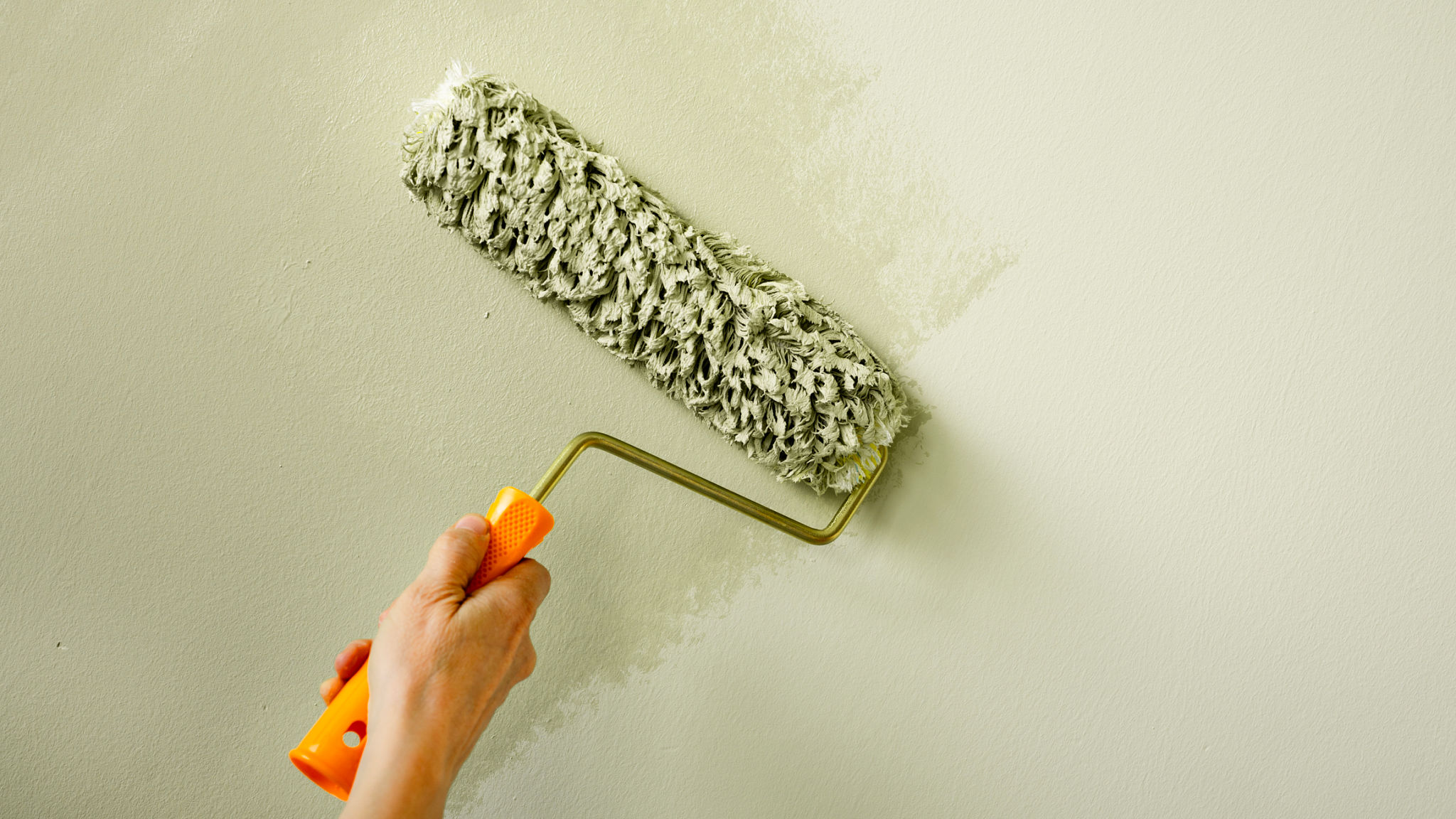Transform Your Home with Decorative Painting: A Beginner's Guide
Introduction to Decorative Painting
Decorative painting is a creative and cost-effective way to refresh your living space. It allows you to infuse your personality into your home while experimenting with colors and textures. Whether you're aiming for a subtle accent or a bold statement, decorative painting can transform any room into a reflection of your style.

Choosing the Right Techniques
There are numerous techniques in decorative painting that cater to different tastes and skill levels. Some popular techniques include:
- Sponging: This beginner-friendly method creates a textured appearance using a sponge.
- Stenciling: Perfect for creating patterns or designs, stencils allow for precision and repeatability.
- Color Washing: This technique involves layering thin coats of glaze, offering a soft, aged look.
By choosing the right technique, you can achieve your desired aesthetic without overwhelming yourself as a beginner.
Selecting the Perfect Color Palette
The choice of colors is crucial in decorative painting, as it sets the mood and atmosphere of the room. Start by considering the existing elements in the room, such as furniture and decor. Complementary colors can enhance these elements, while contrasting colors can create a focal point. Remember, lighter shades can make a room feel larger, while darker tones can add warmth and coziness.

Gathering Your Supplies
Before diving into your project, it's essential to gather all necessary supplies. Here's a basic checklist to get you started:
- Paint and glaze suitable for your chosen technique.
- Brushes, rollers, and sponges for application.
- Painter's tape and drop cloths to protect surfaces.
- Stencils or stamps if you're opting for patterns.
Having the right tools on hand will streamline your process and ensure a smooth experience.
Preparing Your Canvas
Preparation is key to achieving a professional finish. Begin by cleaning the walls thoroughly to remove dust and grime. Next, repair any imperfections like cracks or holes. Once the walls are smooth, apply a primer to create an even base for your paint. This step is especially important if you're working with bold colors or intricate designs.

Executing Your Vision
Now comes the fun part—bringing your vision to life! Start with small sections to get comfortable with the technique and adjust as needed. Remember, decorative painting is an art form, so don't rush the process. Take your time to ensure each layer or pattern is applied evenly.
If you make a mistake, don't panic! Many errors can be corrected with a little patience and creativity. You can always repaint or layer over areas that need improvement.
Finishing Touches
Once your painting is complete, let it dry thoroughly before adding any finishing touches. Consider sealing your work with a clear coat to protect it from wear and tear. This step is particularly important in high-traffic areas like hallways or kitchens.

Conclusion: Enjoy Your Transformed Space
Decorative painting is not only a rewarding DIY project but also an opportunity to express your creativity. With the right preparation and techniques, you can achieve stunning results that transform your home into a personalized sanctuary. So grab your brushes, unleash your imagination, and watch as your living space evolves beautifully!
